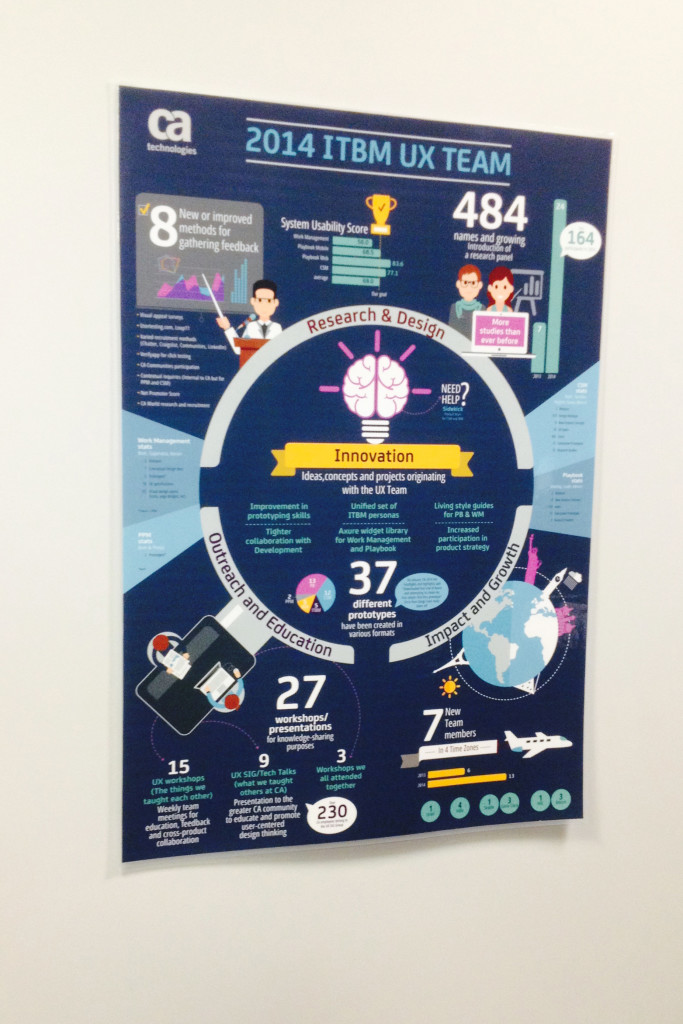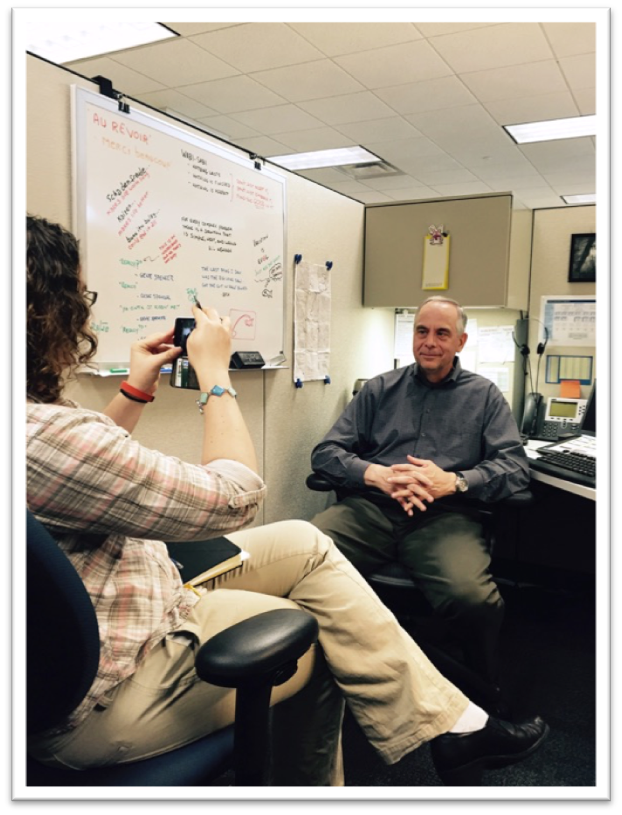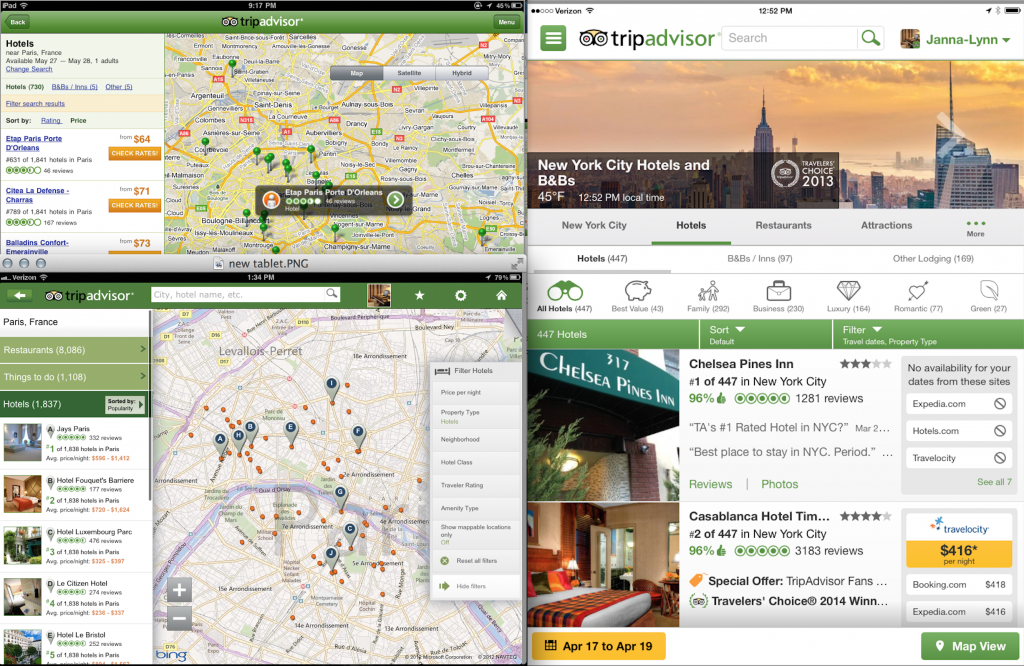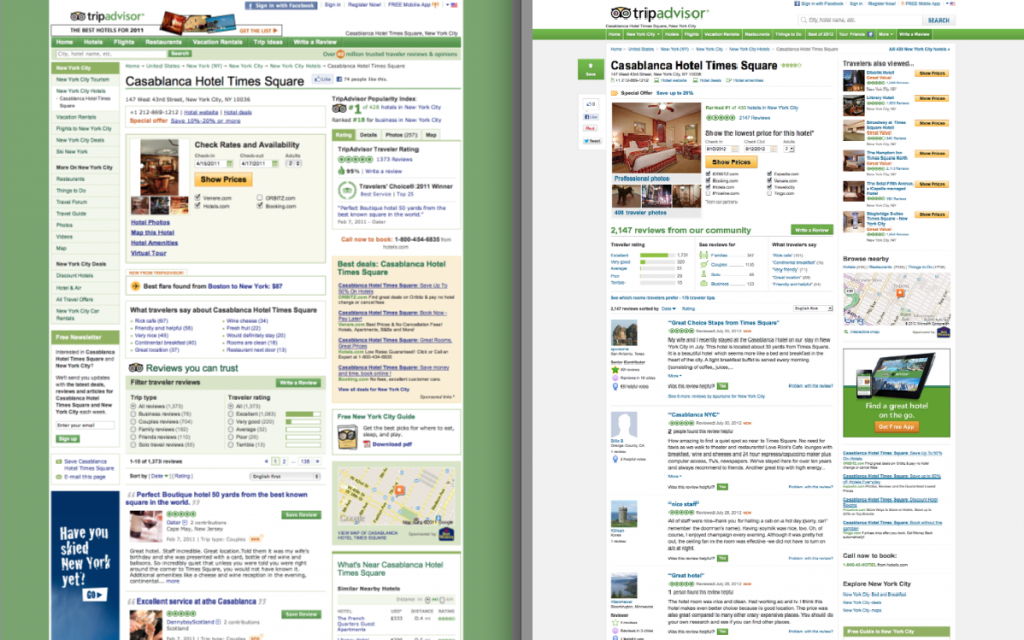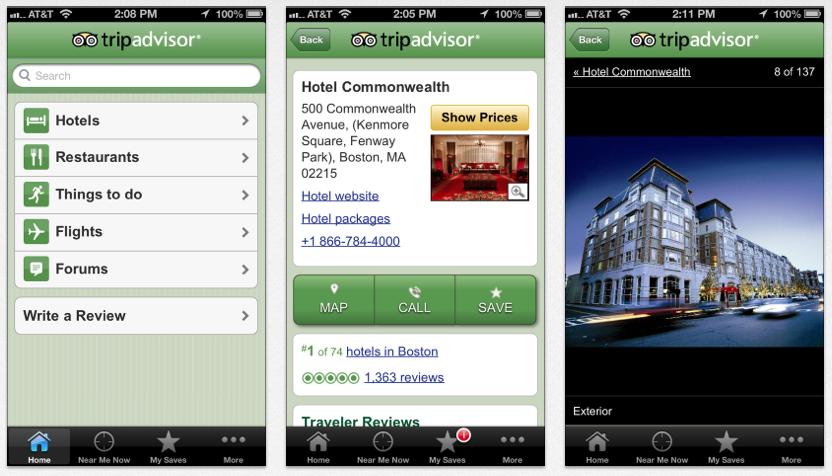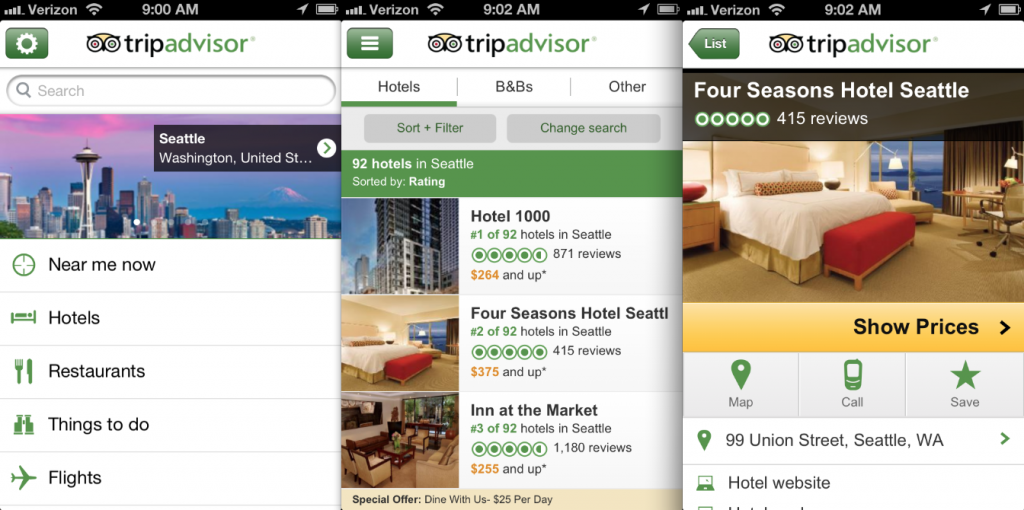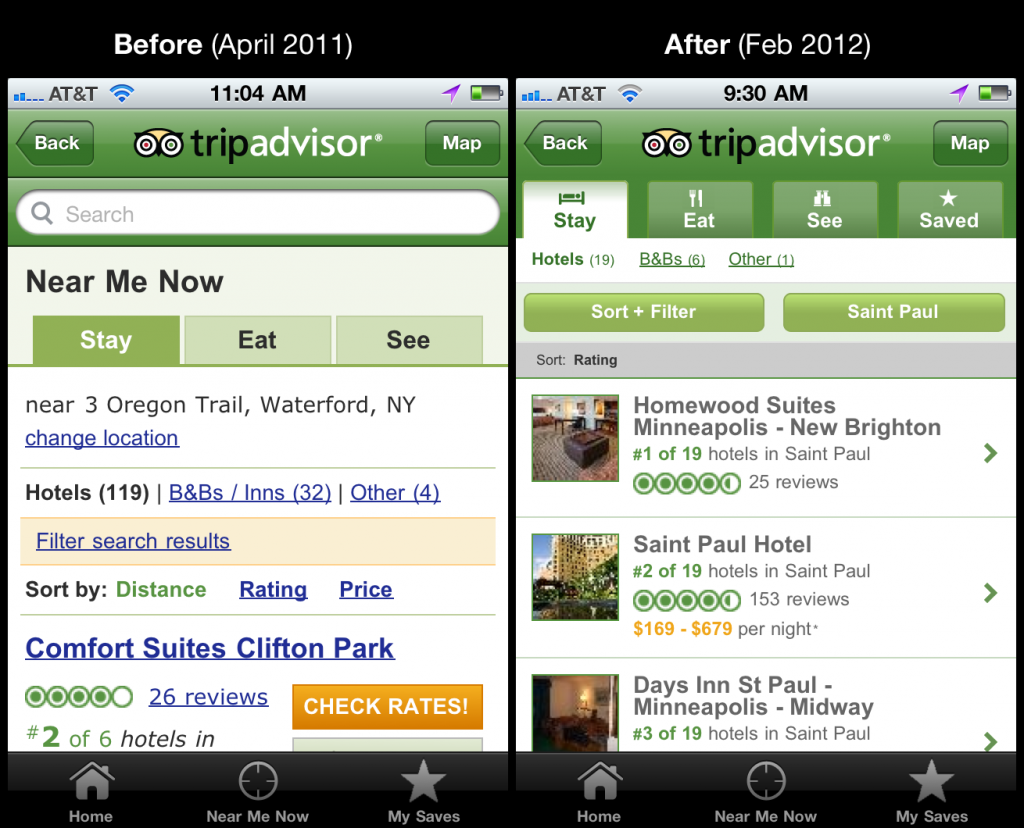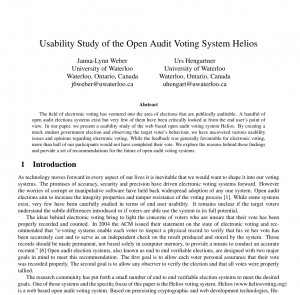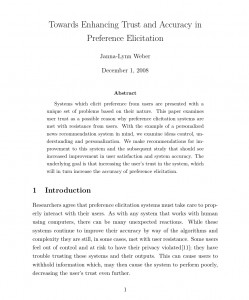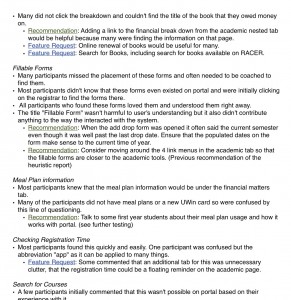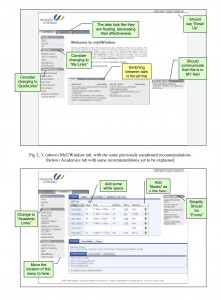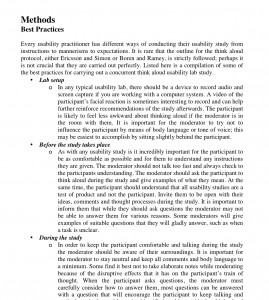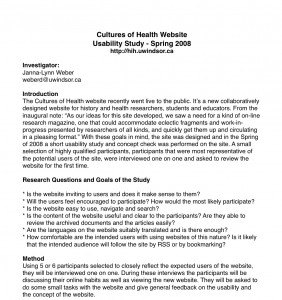The pharmacy and medication delivery is central to any hospital. As athenahealth started building their hospital offering we needed to create a pharmacy solution. At the outset of this project the resources available included a third party purchased pharmacy solution and access to internal pharmacy subject matter experts. We needed to understand what are the primary workflows necessary in a hospital pharmacy and what is most important to get done first. In March of 2016 I conducted site visits to observe and understand the pharmacy users and behaviors. It was determined that patient medication verification, formulary management and dispensing medications were the top three workflows in the pharmacy. While verification is the most tedious, it is the most critical to patient care and a functioning pharmacy. All verification is built on the formulary’s foundation and without dispensing the medication will never reach their intended patient.
Verification
Conventional wisdom around the verification workflow is to work order by order starting with the highest priority order. Through site visits I observed that this causes a lot of context switching for the pharmacist. They will need to understand the order, then understand the patient’s situation and then determine if the therapy is a good match. We used this observation and opportunity to reimagine the verification workflow.
Formulary Management
A strong formulary is the foundation of medication management in a hospital pharmacy. It controls who, what and how much licensed practitioners can order in the hospital. It’s updated frequently and needed to be a central workflow of athena’s pharmacy solution. Through observation and understanding of the users needs I designed a formulary that allowed easy set up and upkeep of the hospital medications.
Dispensing Medications
Finally, the medications need to be prepared, documented and checked multiple times before leaving the pharmacy. This workflow is passed back and forth between pharmacist, pharmacy technician and the nurses. As a team, we focused on each user to articulate their need and the information they possess to make the transition of work easy and safe.
The pharmacy solution went from research to an in-hospital alpha in 6 months and by 9 months was live with over 30 hospitals.
